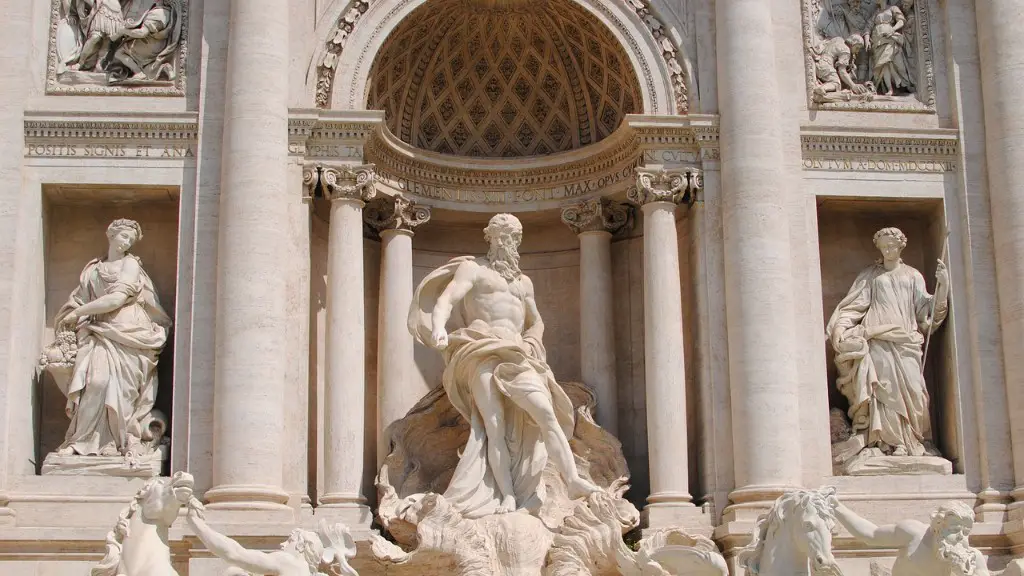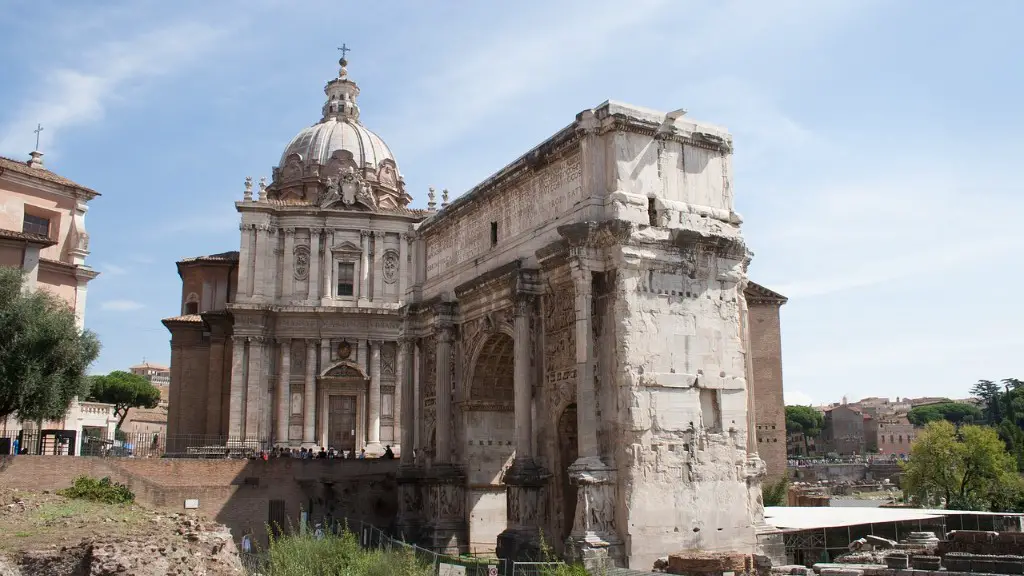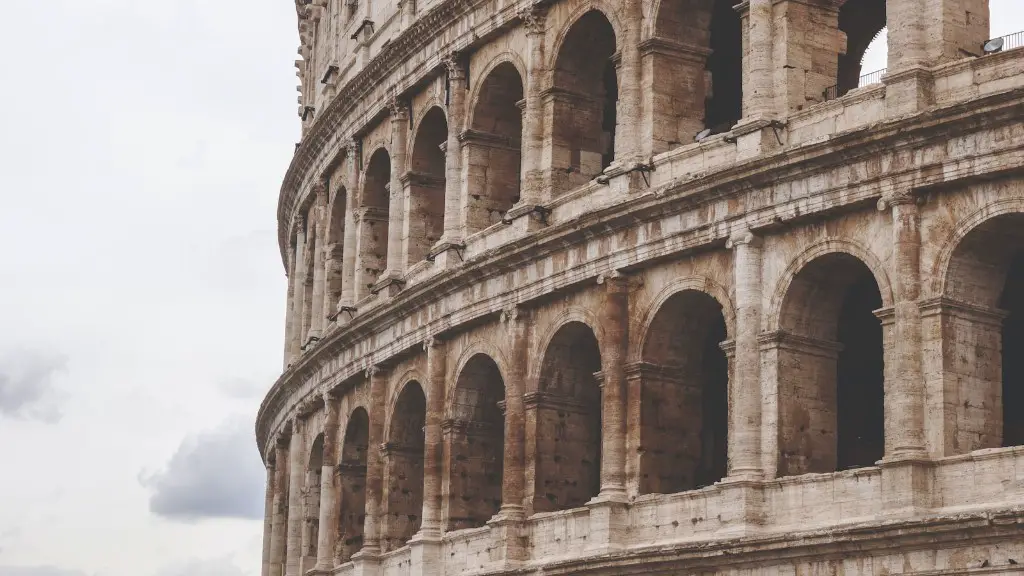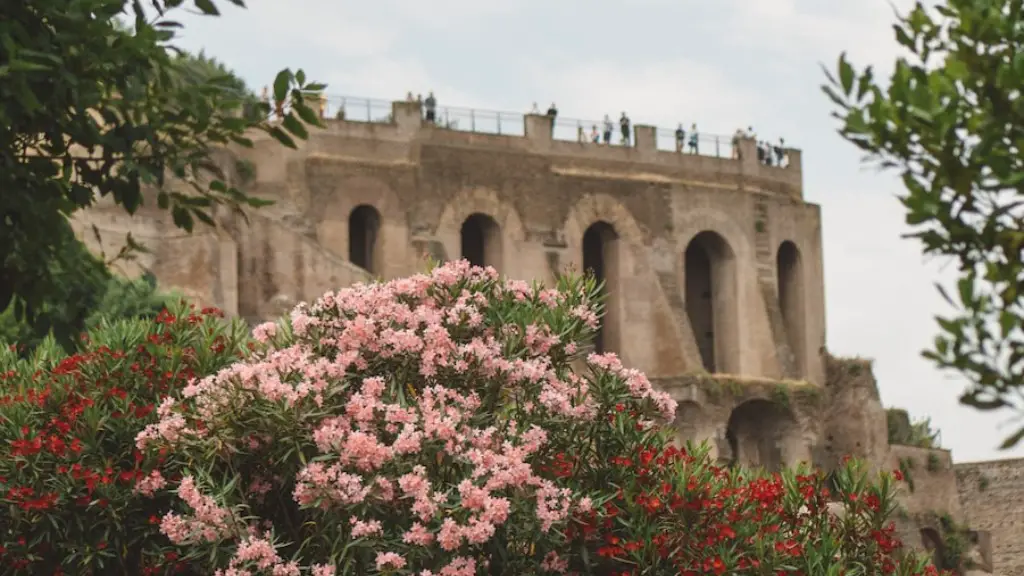Founders of Ancient Rome
Ancient Rome was founded in 753 BC by twin brothers Romulus and Remus. The legend of the foundation myth tells that the twins were the sons of the war god Mars. They were abandoned in a basket by the Tiber River and were later rescued by a she-wolf who adopted the two and nursed them until they were found by a shepherd. Later on, the legend says that Romulus would eventually fight his brother in order to found the city of Rome. Though it is likely that the myth has some historical basis, scholars are unable to confirm the exact details.
Rome was initially governed by a monarchy and a senate to fight corruption. In 510 BC monarchy was overthrown by Lucius Junius Brutus who was the first consul of Rome. He was followed by two other consuls who were chosen by the Roman Senate to serve during a period of time. After this, Rome turned into a Republic in 509 BC and the government relied on the representation of the people and elected representatives consisting of the Senate and a plethora of elected consul. Over time, this system eventually led to the establishment of the modern European parliamentary democracy.
The Roman Republic was successful for many centuries due to its focus on expansion and military strength. In 270 BC Rome also established a protector-province system that was used to protect the territory from external forces. The Republic eventually succumbed to internal strife, however, and in the 1st century BC Julius Caesar used his personal political power to impose a monarchy on Rome. The era of Augustus Caesar was known as the Pax Romana, or Roman Peace, and it was during this period that the vast majority of Rome’s monuments and architecture was created.
Since its foundation in 753 BC, Ancient Rome has had an immense cultural footprint on the world today. It is one of the first advanced civilizations of the Western world and is credited with originating Latin and other core features of Western civilization. Its legacy includes many famous monuments and sites, the most well-known of which is the Colosseum. Additionally, many of the features of the civilization, such as the rule of law, have been adopted by governments throughout the world.
Ancient Rome has been heralded for centuries as the foundation of modern civilization, and is a major source of inspiration for art, architecture, and literature. It is remembered for its ancient customs, its values and its cultural influence. Even though Rome is gone, its legacy and its profound influence will live on forever.
Roman Expansion and Military Force
The Roman Republic was able to expand its territory and strengthen its military forces through treaties and battles. The Republic was well-organized and used its forces with great efficiency when engaging enemies. Roman infantry were well-armed and used a defensive wall for protection during sieges, while the Roman cavalry was fast and removed obstacles quickly. During confrontations, the Romans would frequently use their superior siege technology to assault cities and strongholds, while also using their powerful war machines to break gates and walls. Additionally, Roman ships were used to blockade cities and ports, and new naval tactics such as the use of grappling hooks and fire arrows were invented.
Moreover, the Republic’s network of treaties with other states and its meticulous market reforms allowed it to control trade networks throughout the Mediterranean and Middle Eastern regions. As a result, Rome was able to project its power economically, exploiting rich natural resources and minerals found in foreign lands. This also enabled Rome to bring in valuable revenue which was used to fund its military campaigns.
Furthermore, Rome also used its network of fortified camps to protect its territories from hostile neighbors and foreign invaders. Oftentimes, Rome would set up fortifications at strategic locations to prevent its enemies from advancing, and would also sometimes use enemy forces to their own advantage. For example, the dictator Sulla was able to seize the city of Santiago in Spain, due to the help of a Spanish army aided by Roman troops.
Political Consolidation and Political Reforms
The Roman Republic was initially successful due to its political stability, which was based on a series of checks and balances, primarily between the Senate and the plebeians in the assemblies. The Senate was an aristocratic body that represented the interests of the wealthy class and the plebeians were a popular assembly that represented the interests of the lower class.
In order to gain political consistency, Augustus Caesar began implementing a series of reform policies in the late 1st century BC. He began by creating a professional military force, which helped him to strengthen the Republic’s defense forces. He also introduced a new set of laws to protect and advance the rights of Roman citizens. In addition, he reformed urban planning, religious worship and taxation. His reforms stabilized the Republic and eventually made Rome one of the most powerful empires of the ancient world.
In addition to these reforms, Augustus also instituted a civil service system which allowed Romans to take part in the government by joining the Senate or becoming a magistrate. This encouraged people to participate in government and some reforms gave Roman citizens additional rights and privileges. Augustus Caesar also established the concept of the ‘Princeps’ or the ‘First Citizen’. This was the beginning of the imperial period in Rome where the government- and thus the emperor- was able to control the actions of its citizens and take absolute control of the empire.
Roman Religion and Mythology
Roman religion was polytheistic and centered on the worship of many gods and goddesses. Every deity had its own domains, rituals, and temples and was worshiped by the people. There were many cults dedicated to gods, and priests were held in special reverence and several gods were traditionally associated with Rome’s founding. The most important gods were the Capitoline Triad – Jupiter, Juno and Minerva – and Mars, the god of war.
The religion of Roman religion was heavily intertwined with the state and it was believed that if the gods were happy, then the state would be prosperous. Consequently, there were numerous sacrifices, ceremonies, festivals and offerings dedicated to the gods as a way to appease them and gain favor. In addition, the gods were used to explain natural disasters, as well as to predict the future. For instance, the oracles at Delphi were consulted before major decisions were made.
Due to its polytheistic nature, Roman religion was quite tolerant and allowed for the incorporation of foreign deities and rituals into its folds. This allowed them to absorb customs from other cultures such as the Greeks and Egyptians, and make them their own. Additionally, the elaborate mythology associated with Roman religion was vital in passing down traditions and values from one generation to the next.
Roman Art and Culture
Roman art and culture was heavily influenced by the Greek and Etruscan civilizations. As the Republic grew in power and influence, Roman art began to reflect that. Roman artists created elaborate statues and monuments to honor the gods and emperors, examples of which can be seen in surviving sculptures such as the Pergamon Altar or the Arch of Titus. Roman painting, sculpture and pottery were also highly refined.
In terms of literature, Romans had access to an extensive collection of works from the Greeks which formed the basis of their own works. Roman authors such as Virgil and Ovid focused on traditional Roman stories and legends as well as pagan mythology. Roman historians such as Tacitus also wrote extensively on the history of Rome.
In addition to literature and art, Roman entertainment was centered around the idea of gladiatorial combat. Gladiators were held in high esteem and were respected for their bravery and skill in the arena. Gladiatorial combats were used to entertain the public and honor the gods, and were often used as a way for political leaders to gain popularity among the people.
Conclusion of the Roman Empire
The Roman Republic eventually transitioned into an empire of great power and influence. Rome was the leading superpower of its day, stretching from England to Persia and ruling over a vast network of provinces and client kingdoms. In its last years, Rome was plagued by growing civil unrest, rebellion and military defeats, eventually leading to its fall in 476 AD.
Rome was a political and cultural powerhouse that left an indelible mark on Western culture. Its laws, customs, art, literature and architecture have continued to influence future generations. Even though Rome is gone, its legacy is still visible throughout the world. It remains an important part of history and will continue to inspire people for generations to come.




